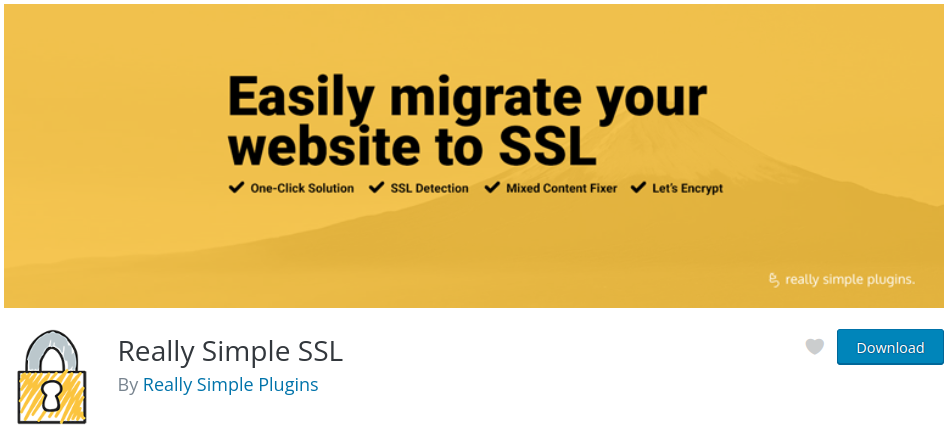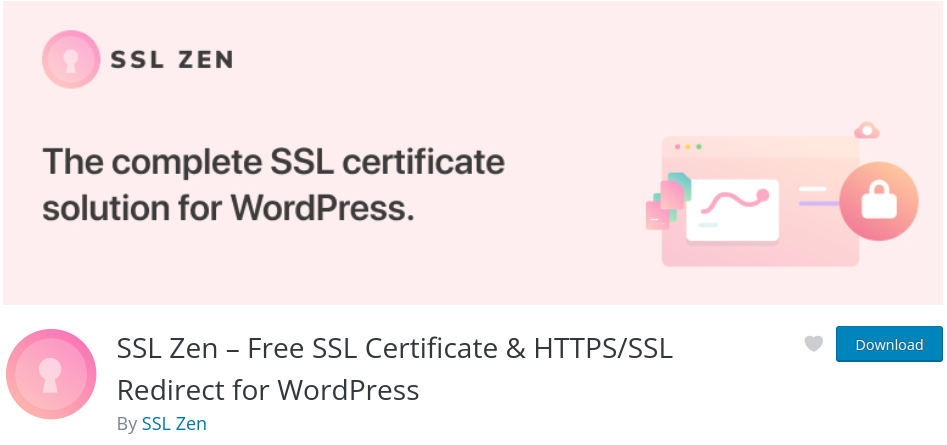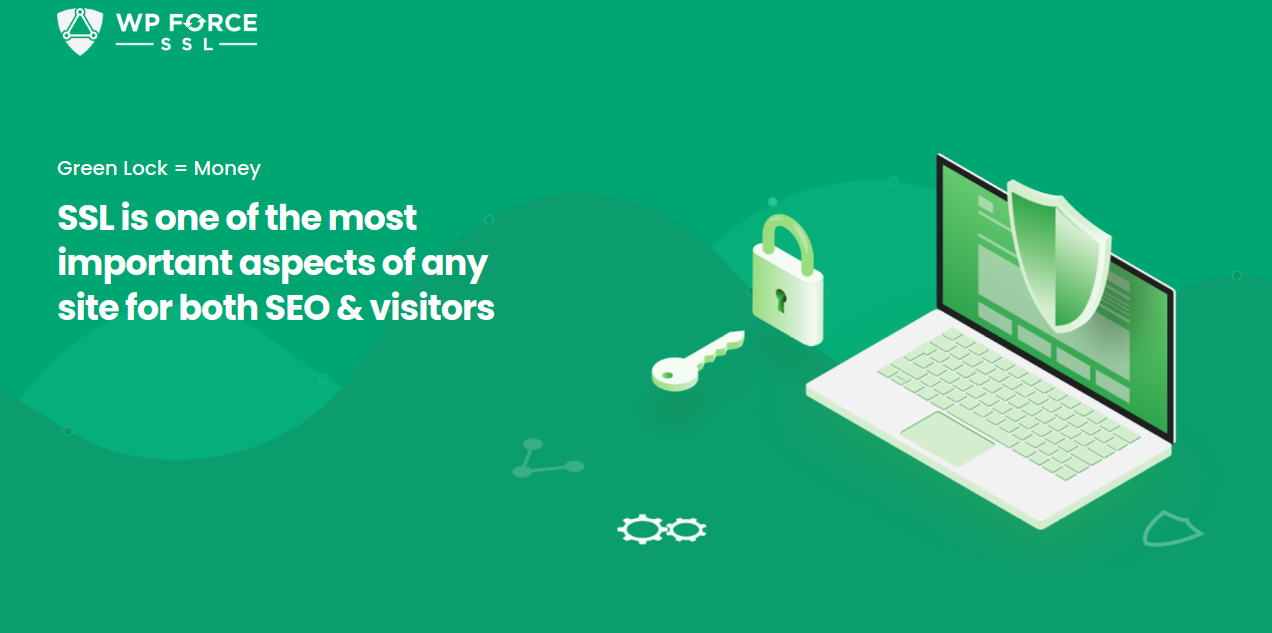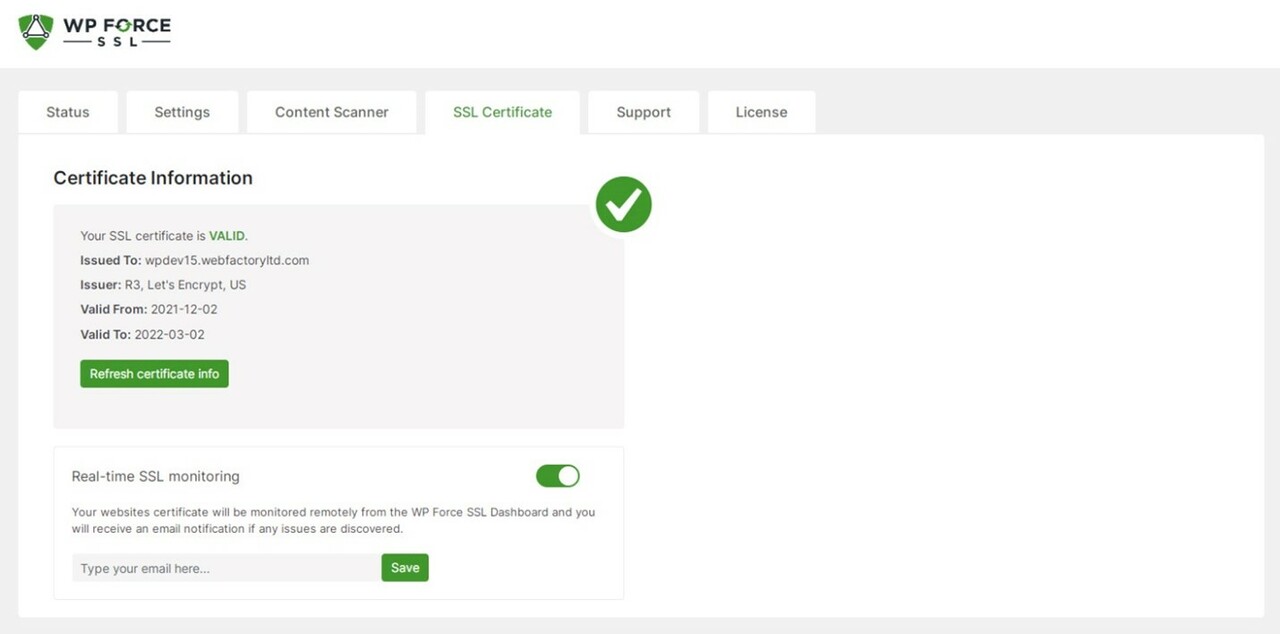The HyperText Transfer Protocol Secure (HTTPS protocol) is an Internet protocol that combines HTTP and SSL/TLS protocols. HyperText Transfer Protocol is a set of rules for transmitting a web page from a server to a user. The basic goal of this protocol is to make it possible to publish and display HTML texts, or web pages.
The HTTPS protocol allows for the safe identification of web network hosts as well as encrypted communication. HTTPS connections are commonly used in corporate information systems for money transactions on the Internet and other sensitive transactions.

Except for its character schema, HTTPS is a URI schema that has the same syntax as a conventional HTTP program. HTTPS, on the other hand, instructs the browser to encrypt traffic using an additional SSL / TLS security protocol. SSL is especially well-suited to HTTP since it can provide some security even if only one side of the conversation is verified. This is the case with an HTTP transaction over the Internet, in which the server is typically the only one who is authorized.
A certificate that includes encrypted connections between web servers and web browsers is known as an SSL certificate. This certificate assures that your information is kept private throughout transmission. If your connection to the website is unsecured, you are vulnerable to attacks and threats when you visit it. Hackers are attempting to steal your information. For example, if you enter an uncertified website, hackers can set up a program that allows them to follow what you type on the site. This could include personal information like credit card numbers.

It’s a confirmation that the site uses data encryption. You can unobtrusively and verifiably ensure that your website is secure by installing one of the SSL certificates. When a customer buys something online and has to submit their information, an SSL certificate indicates that all data received is secure.
When proving to customers that they are a confidential and legitimate organization, some organizations require SSL for the confidentiality of confidential data, i.e. encryption. Others require SSL to improve trust in their security and identity, i.e. when they want to prove to customers that they are a confidential and legitimate organization.
SSL certificates vary in terms of the level of encryption and security, and how they’re utilized, such as whether they solely protect the main domain or all of its subdomains. There are different SSL plugins you can install and activate on your WordPress website.
Simple SSL
You can automatically identify your settings with Really Simple SSL. You may also use this plugin to make your website operate over HTTPS. This plugin has a limited number of features, making it an excellent choice for novices. This SSL plugin is popular among WordPress users because it solves the majority of SSL difficulties.

SSL Zen
There is no coding required in this SSL plugin. It will ensure that your WordPress website does not have any mixed content or insecure content warnings. To convert your HTTP web pages to HTTPS or force SSL on your website, you don’t need any specific technical skills.

WP Force SSL & HTTPS SSL Redirect

WP Force SSL is one of the most sophisticated SSL plugins available today. It allows you to redirect unsecured HTTP traffic to secure HTTPS and fix SSL problems without modifying any code, which is one of the reasons so many website owners use it. It’s easy to set up, and once you activate WP Force SSL, you’ll have everything set up. That means that your SSL will be enabled on your website. Using your new SSL certificate, your site will switch to HTTPS. Another fantastic feature is that it works with any SSL certificate.
How to install the SSL plugin?
At first, installing an SSL plugin may appear perplexing and daunting. If you don’t want to spend money on an SSL certificate, the good news is that most hosting companies accept Let’s Encrypt’s free SSL certificate. All you have to do now is log into your hosting panel and add an SSL certificate. A button labeled “Add SSL Certificate” or “Add Let’s Encrypt Certificate” will be there.

After you click that, your site will have SSL enabled. If it doesn’t work, WP Force SSL PRO is the best solution. The reason for this is that it will quickly generate a free SSL certificate for your website. You won’t have to manually renew your SSL certificate because the plugin will do it for you every 90 days.
Adding an SSL plugin to your WordPress is a must. When compared to an unencrypted Internet connection, using the SSL protocol gives a higher level of privacy and security. It lowers the chances of data being intercepted and misused by third parties. Many website users find that using an SSL connection while sharing payment details and other personal information is more secure. The easiest way to add an SSL certificate to your website is by using WP Force SSL. It will only take you a few moments and you will see the benefit immediately.
